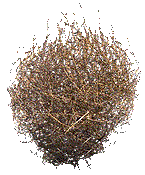





















|
and other Borax Deserts of the Pacific Coast by John R. Spears [1892] |
|
|
|
|
![]()
|
|
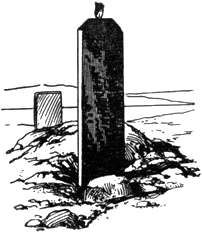 |
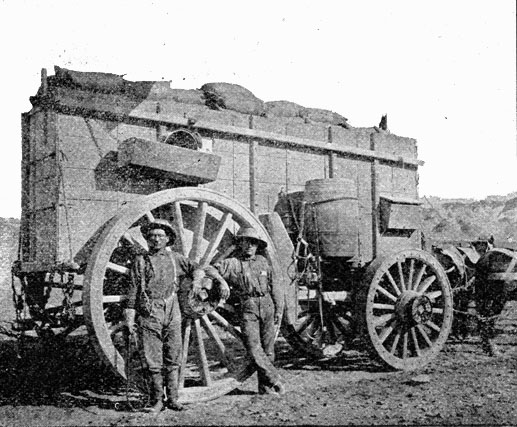 One of the borax wagons. |
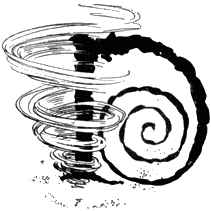 |
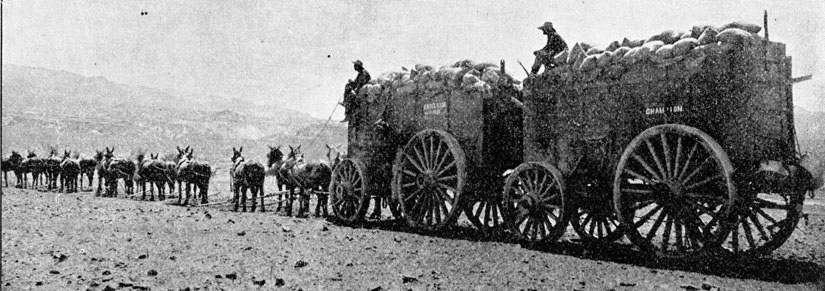 Loaded 20 Mule Team leaving Death Valley |
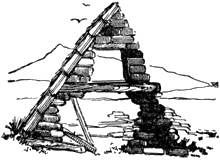 |
 20 Mule Team ready for a turn. |
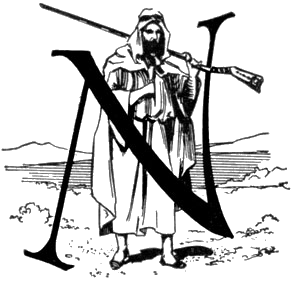 |
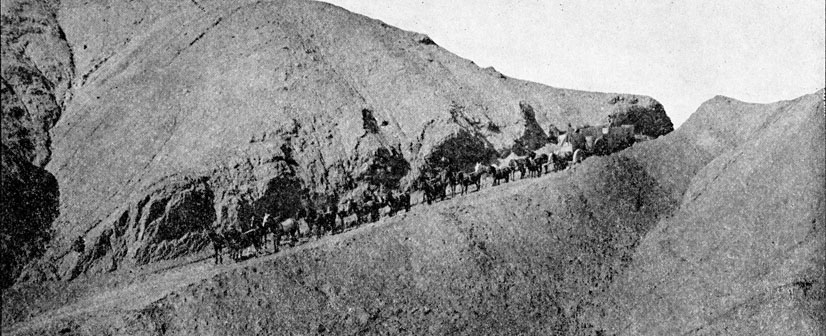 20 Mule Team on one of the desert downgrades. |
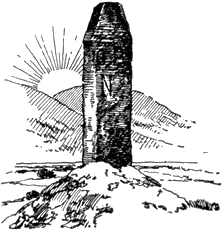 |
The following are some brief
excerpts from the chapter "Freighting in the Desert"
from "Illustrated Sketches of Death Valley" by John
R. Spears. The entire length of this desert road between Death Valley and Mojave is 164.5 miles. There was, of course, in all that distance no sign of human habitation. In case of sickness, accident or disaster, either to themselves or the teams, the men could not hope for help until some other team came along over the trail. ..... The task he had set for himself was the building of ten wagons so large that any of them would carry at least ten tons. The reader who is familiar with railroads, in fact any reader who has traveled at all by rail, must have seen these legends painted on the sides of freight cars: " Capacity 28,000 lbs." "Capacity 40,000 lbs." (rarely) "Capacity 50,000 lbs." With this in mind, consider that these wagons for hauling borax out of Death Valley were to haul ten tons, or half a car load each - that a train of two wagons was to carry a load, not for one of the old-style, but for one of the modern, well-built freight cars, and carry the load, too, not over a smooth iron 20 tramway, but up and down the rocky defiles and canons of one of the most precipitous mountain ranges in the world, the Panamint. These were probably the largest wagons ever used. ..... The teams consisted of eighteen mules and two horses. As was said, the man who handles four trained horses before a society coach, or eight huge Percherons before a safe-carrying track, may think himself a pretty good driver, but in the desert, to use the desert term, he would be a sick raw-hide beside the man who steers eighteen mules with a jerk-line. To compare the one with the other is like comparing a Corinthian yachtsman, or the deck-hand of a harbor scow, to the captain of a Black Ball liner, if we may use a nautical simile in a story of the desert. ..... The horses and mules are harnessed up in pairs. The horses are attached to the wagon at the tongue, and a great handsome 2,800-pound team it is - gentle, obedient, and strong as a locomotive. Ahead of them stretch the mules, their double-trees geared to a chain that leads from a forward axle. The most civilized pair are placed in the lead and the next in intelligence just ahead of the tongue, while the sinful, the fun-loving, and the raw-hides fill in between. The nigh leader has a bridle with the strap from the left jaw shorter than the other, and from this bridle runs a braided cotton rope a half an inch m diameter, through fair-leaders on each mule to the hand of the driver, who sits on a perch on the front end of the wagon box just eight feet above the ground. That rope is known as the jerk-line, and its length is not far from 120 feet. The team that draws the desert freight train stretches out for more than 100 feet in front of the wagon. ..... It is wonderfully interesting, too, to watch the mules as they turn a sharp corner in a canon, or on a trail where it rounds a sharp turn on the mountain side. Span after span, near the end of the tongue, often without a word from the driver, will jump over the long chain and pull away on a tangent that the heavy load may be dragged around. Even then the novice wonders how they succeed, for some of the curves are so sharp that the leaders pull in one direction while the wagons are traveling very nearly in an opposite one. ..... Quite as interesting as the teams and the freight trains of the desert are the men who handle them. The drivers receive from $100 to $120 per month, and the swampers about $75. They furnish their own food and bedding. The bill of fare served at a desert freight camp includes bacon, bread, and beans for a foundation, with every variety of canned goods known to the grocery trade for the upper strata. They carry Dutch ovens for their baking, pans for frying, and. tin kettles for stewing. On the whole, however, they do not eat much fancy canned stuff, and a cobbler made of canned peaches serves for both pie and cake. ..... As one may suppose, the effect of desert life upon the teamsters is almost every way deteriorating. The men who drove from Mojave were out twenty days for each half day in the settlement, and the settlement itself was but a collection of shanties on as arid a part of the desert as can be found outside of Death Valley. They were not men of education or very wide experience. Their topics of conversation were few. The driver and his swamper had very little to say to each other. To all intents and purposes each lived a solitary life. Being thus alone they grew morose and sullen. Their discomforts by night and their misery by day in the desert heat added to their ill nature. They became in a way insane. It was necessary whenever a team came in to inquire of each man separately whether he was perfectly satisfied with the other, and whether a change was desired or would be objected to. If the least ill will was displayed by one toward the other, a new swamper was provided, lest a fight follow on the desert and one kill the other. Even the greatest precaution could not prevent murder. The soil at Saratoga Springs, in the Amargosa Valley, is stained with blood, a human corpse once swung from a telegraph pole in Daggett, and a rounded pile of stones in Windy Gap is marked "Grave of W. M. Shadley," all because human flesh and human brain could not endure the awful strife of life on the desert. Because these are phases, and illustrative phases, of life on the desert, the stories of these crimes should be told. |
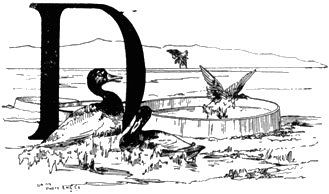 |
|
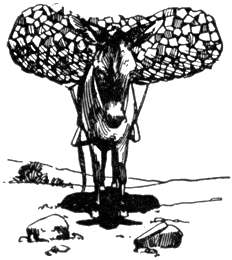 |
|
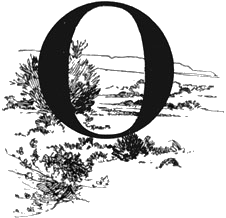 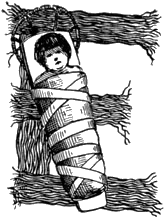
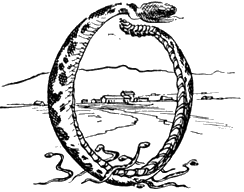 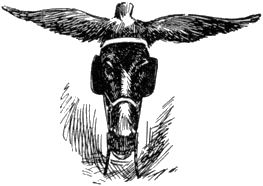
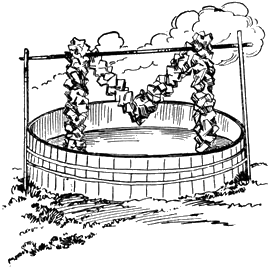
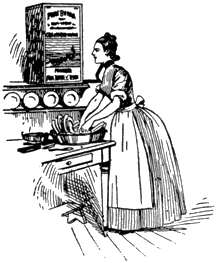
|
|
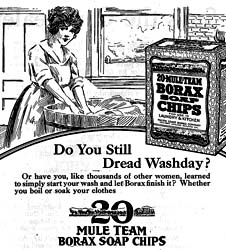 "Borax Soap Chips" Advertisement |
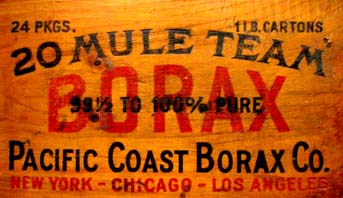 |
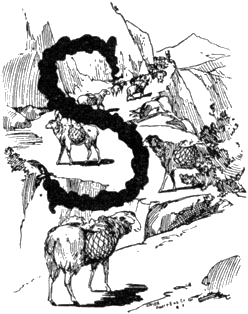
|
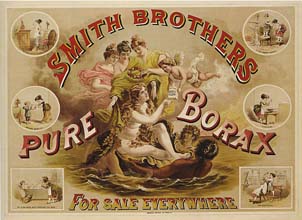 Smith Brothers "Pure Borax" Advertisement |
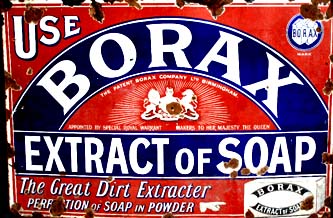 "Borax Extract of Soap" Advertisement |
|
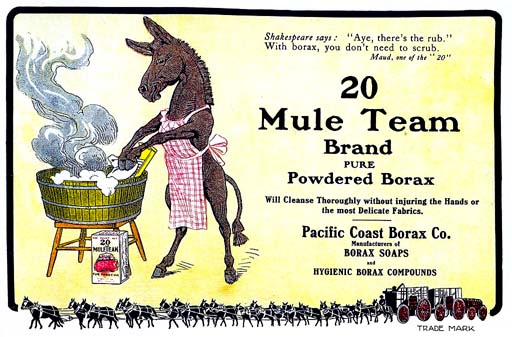 20 Mule Team Brand "Pure Powdered Borax" Advertisement |
|
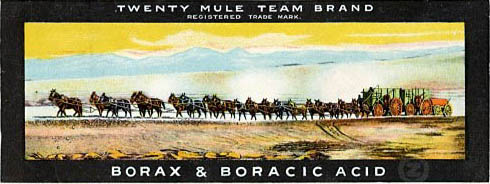 Twenty Mule Team Brand poster. |
|
|
|
Sawdust Magazine | |
|
|
Mt. Whitney Pack Trains Memories | |
|
|
1903 Sierra Club High Trip | |
| Darwin | ||
More
Sketches of Death Valley and the 20 Mule Team |
||
The All American |
||
My Owens Valley |
||
Monache Meadows |
Sign Guestbook View Old Guest Book Entries Oct 1999 - Feb 2015 (MS Word) |
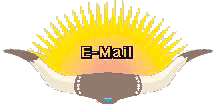 CONTACT the Pigmy Packer |
View Guestbook View Old Guest Book Entries Oct 1999 - Feb 2015 (PDF) |